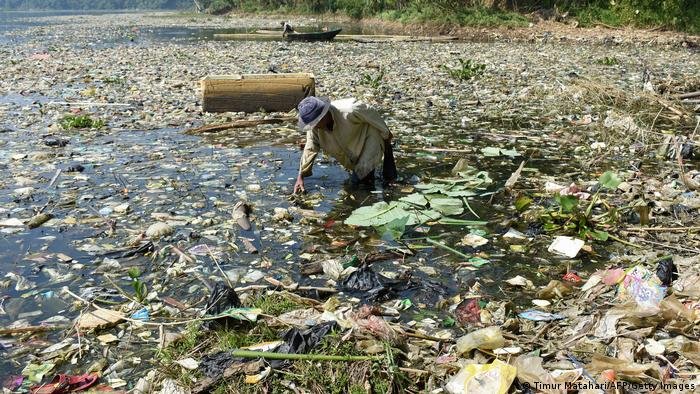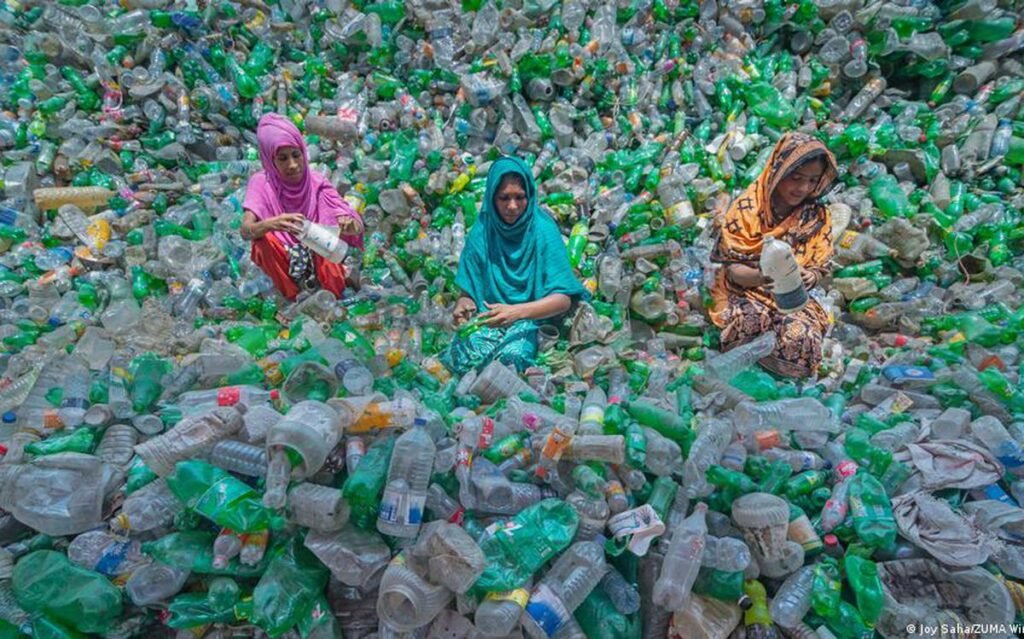Plastic is frequently observed piled up on beaches and drifting in the water as “plastic islands.” It clogs the intestines of birds and other animals and has even entered the human circulation. Only 9% of the world’s plastic has been recycled to far. Only around 12% was burnt, with the remainder ending up on landfills or in nature.

However, as grim as the situation appears, there is light at the end of the plastic tunnel, according to the OECD’s latest Global Plastic Outlook report.
However, if we continue on our current path, plastic consumption will triple by 2060, and because the substance is not biodegradable, so will the associated rubbish. Microplastic contamination will rise dramatically in every country.
With 99% of plastics made from fossil fuels, the already considerable emissions created during the lifecycle of plastics will also more than double by 2060. Rivers such as the Ganges in India and Ciliwung in Indonesia are already brimming with plastic trash.

However, the future is not set in stone.
Plastic use could fall a fifth by 2060 if the OECD’s 38 member countries, particularly those with high per-capita incomes such as Germany, the United States, and Japan, enacted far-reaching changes. This would also result in substantial waste reduction.
But, in order to meet those targets, roughly 60% of all plastic garbage must be recycled globally. The market share of recycled material would need to expand from 6% to 41%, while waste management systems will need to be greatly improved.

For the first time, 200 nations agreed in March 2022 to establish required rules and instruments for plastic production, use, and disposal by 2024 so their is still HOPE…
Reference- OECD Report, DW Article, The Guardian, National Geographic






